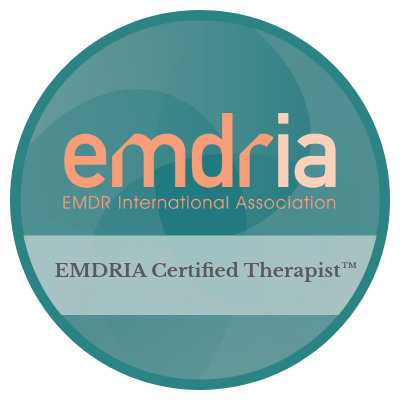I completed a two year Trauma Studies Certificate program at the Manhattan Institute for Psychoanalysis. Through this training, I work with adult clients who have experienced a wide variety of traumatic events. Examples of trauma might include childhood sexual abuse or other childhood abuse and/or neglect, surviving traumatic life experiences such as a car accident, the terrorists attacks on September 11, 2001 or Super Storm Sandy. But CPTSD is based on Adverse childhood experiences that impact on us and form how we view ourselves in our adulthood. Adverse childhood experiences can occur when our emotional needs are not met as children. It can impact on our attachment styles and thereby impact on our adult relationships.
Relationship trauma can be smaller incidences of feeling that needs went unmet, such as a parent who worked late and missed childhood events or other emotional needs went unmet. It can also be from a lack of attunement from our caregivers. Relationship trauma is often not intended by the parent or caregiver, but nonetheless causes a child to grow up with thoughts of “not good enough”, “I am unloveable” or other negative messages. We usually refer to this type of trauma as CPTSD.
Symptoms of trauma can include symptoms of depression, symptoms of anxiety, flashbacks, dissociation, avoiding people or places. Additionally, some people with traits of Borderline Personality Disorder, DID or other diagnosis might be a result of past traumas. Adult clients who suffered from adverse childhood experiences might be experiencing difficulty with interpersonal relationships, difficulty maintaining these relationships, impulsive behaviors which might include engaging in risky sexualized behavior, alcohol use or abuse, drug use or abuse, or eating disorders to name a few.
I use various therapeutic approaches to aide my clients with trauma experiences. EMDR is an evidenced based model for the treatment of PTSD and CPTSD as well as other diagnosis. Eye Movement Desensitization & Reprocessing is used by helping clients process the emotional side of the clients’ traumatic events. EMDR is a powerful, therapeutic approach and is helpful in treating PTSD, CPTSD, and other diagnosis including Borderline Personality Disorder and dissociation. I incorporate IFS and Polyvagal Theory into all of my work with clients. Both are non-pathologizing approaches to attachment disturbances that impact on how we view ourselves and impact the negative self talk we carry with us.
Below is a link to an informational video about EMDR
https://youtu.be/Pkfln-ZtWeY












